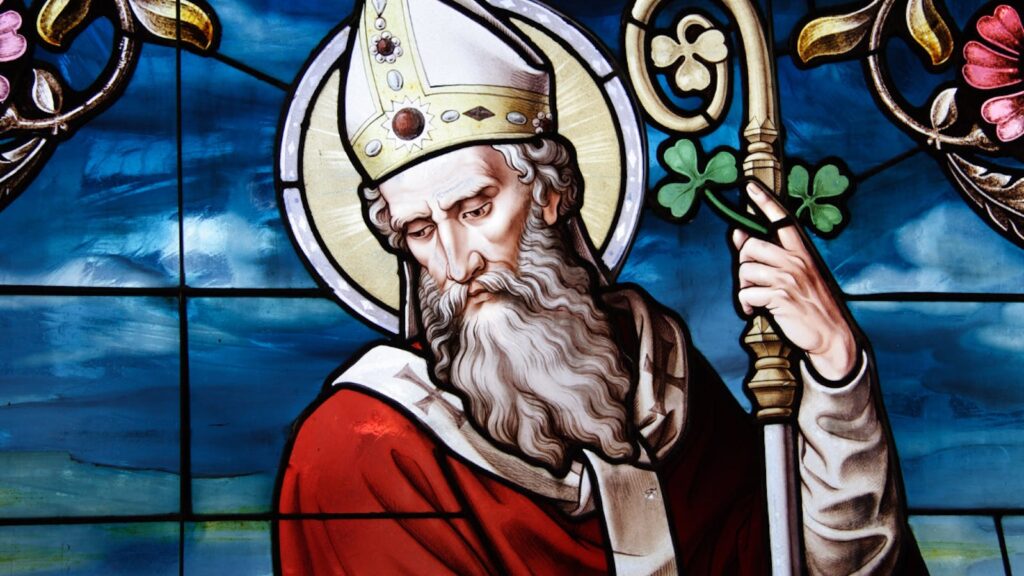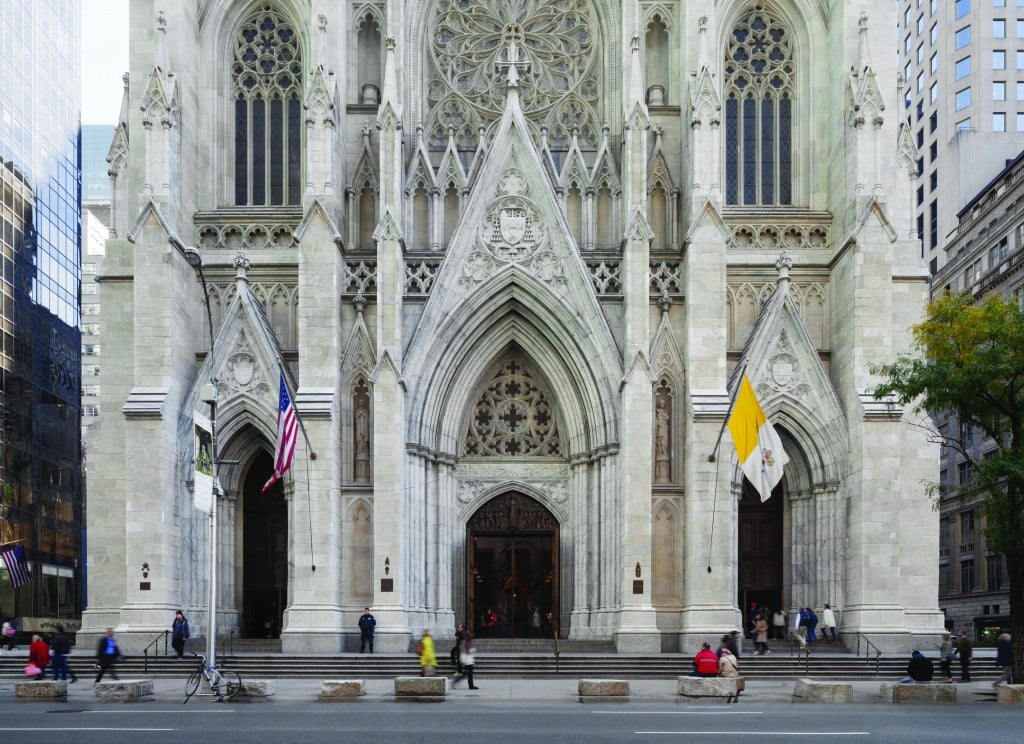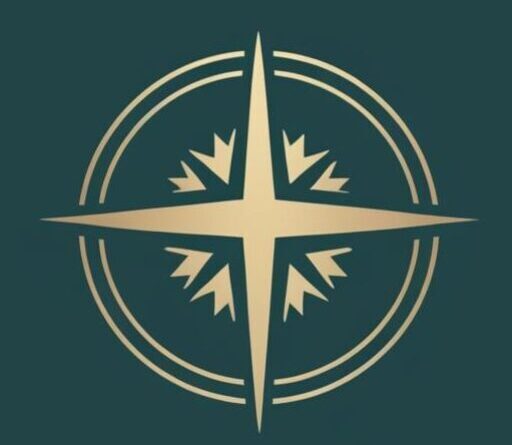Have you ever held a shamrock in your hand and wondered how something so simple can carry so much meaning? For Saint Patrick, the shamrock wasn’t just a plant—it was a bridge between heaven and earth, a way to explain the mystery of the Trinity to people who barely knew the name of Christ. His life was like a winding dirt road, full of twists, stones, and unexpected horizons. It started in Roman Britain, passed through pagan Ireland, and echoes to this day in the USA, where Irish immigrants carried their faith like a treasure. So, if you’re an American Catholic who’s ever celebrated St. Patrick’s Day with a pint of green beer, how about walking with me through this story and seeing what this saint still has to teach us?
The Kidnapped Boy: Patrick’s First Steps

Patrick was born around 387 somewhere in Roman Britain—maybe in Scotland or Wales; no one knows for sure. He was the son of a Christian deacon named Calpurnius, but he wasn’t exactly a devout kid. In his Confessions, he admits, “I didn’t know the true God.” Everything changed when he was 16. Irish pirates kidnapped him and sold him as a slave in Ireland. Imagine that: a teenager ripped from his home, thrown into a strange land, herding sheep on cold, lonely mountainsides. It was there, in the biting wind and silence, that Patrick started to pray—not because he had to, but because he needed to.
The Call of the Voices: Patrick Returns to Ireland
Back in Britain, Patrick dove into his faith. He studied, became a priest, and, according to tradition, was ordained a bishop. But Ireland wouldn’t leave him alone. In another dream, he heard voices calling: “We beg you, come and walk among us again.” It was as if the land that had enslaved him was now asking to be set free. Around 432, he returned to Ireland—not with anger, but with love. “I came to the Irish as a gift from God,” he wrote in his Confessions.
Patrick faced powerful druids and pagan chieftains. One famous story says he lit an Easter fire on Slane Hill, defying King Laoghaire, who had forbidden any fires during a pagan festival. The king was furious, but Patrick’s courage impressed him—and many converted. Patrick used the three-leaf shamrock to explain the Trinity: Father, Son, and Holy Spirit, three in one. Simple, but brilliant.
The Power of the Shamrock: Converting a Nation
Patrick wasn’t some ivory-tower theologian. He was a shepherd among the flock, baptizing thousands—some say over 100,000—and founding churches all over Ireland. He wrote humbly, “I am a simple country person, and the least of all believers, but God gave me this mission.” His approach was practical: he blended Celtic culture with Christianity, turning old pagan symbols into signs of faith. The Celtic cross, with its sun circle, is one example—a bridge between the old and the new.

Here’s a fun fact: Patrick didn’t drive snakes out of Ireland, as the legend says. Scientists say there were never any snakes on the island after the last Ice Age. “Driving out the snakes” was a metaphor for his battle against paganism. As historian Thomas Cahill puts it in How the Irish Saved Civilization (1995), “Patrick banished the spiritual poison, not the reptiles.” By the time he died, around 461, Ireland was a Christian land that would protect and preserve the light of faith for centuries.
From Ireland to the USA: The Legacy of Irish Immigrants

Saint Patrick’s story crossed the Atlantic with Irish immigrants, especially in the 19th century. Fleeing the Great Famine (1845–1852), millions came to America, carrying their devotion to Patrick like a banner. In cities like Boston and New York, they faced discrimination—signs read “No Irish Need Apply”—but they built churches, schools, and communities. “The Irish built the American Catholic Church with their hands and their faith,” wrote historian Jay P. Dolan in The Irish Americans (2008).
St. Patrick’s Day, celebrated on March 17, started as a religious feast among immigrants and grew into a symbol of identity. St. Patrick’s Cathedral in New York, opened in 1879, stands as a monument to that legacy—a landmark built by Irish hands to honor the saint who inspired them. Today, over 30 million Americans have Irish roots, and Patrick remains an icon of resilience and faith.
A Flame That Doesn’t Burn Out: Saint Patrick Today
Saint Patrick isn’t just a figure from the past. He’s a guide for anyone facing storms—whether of the heart or of the world. As Pope Benedict XVI said in 2010, “Patrick teaches us that faith thrives where there is courage to sow.” In the U.S., he’s a link between Catholics and their history, a reminder that the Church was built by ordinary people who believed in something greater than themselves.
What if you looked at your own life the way Patrick saw Ireland? He saw a wild, untamed place—and transformed it with love. Maybe there’s a wild corner in your life waiting for an Easter fire, a flame to warm and light your path.
Milestones on an Unforgettable Journey
Now that we’ve walked in Saint Patrick’s footsteps, let’s pause and look at the signposts along the way. Each milestone is like a shamrock in his story, pointing to the divine providence that guided this simple man to extraordinary things. Here are the moments that shaped his life:
- Birth (around 387): Born in Roman Britain, son of a Christian deacon, in a place lost to history.
- Kidnapped and Enslaved (around 403): At 16, captured by pirates and sold into slavery in Ireland.
- Escape from Ireland (around 409): After six years, escaped, walking 200 miles to freedom.
- Return as a Missionary (around 432): Came back to Ireland as a bishop, answering a call from God.
- Challenge at Slane Hill (date uncertain): Lit the Easter fire, defying the king and converting many.
- Death (around 461): Died, probably in Downpatrick, leaving behind a Christian Ireland.
- St. Patrick’s Day in the USA (19th century): Irish immigrants brought his feast day and helped build the American Catholic Church.

I’m Jonathan Raeder, scholar of philosophy and the Catholic faith, deeply dedicated to exploring the teachings and traditions of the Church. Through years of study and reflection, I have gained a thorough understanding of Catholic philosophy, theology, and spirituality. My intention is to connect intellectual reflection with lived faith, shedding light on the richness of Catholic thought for all who wish to do so.

